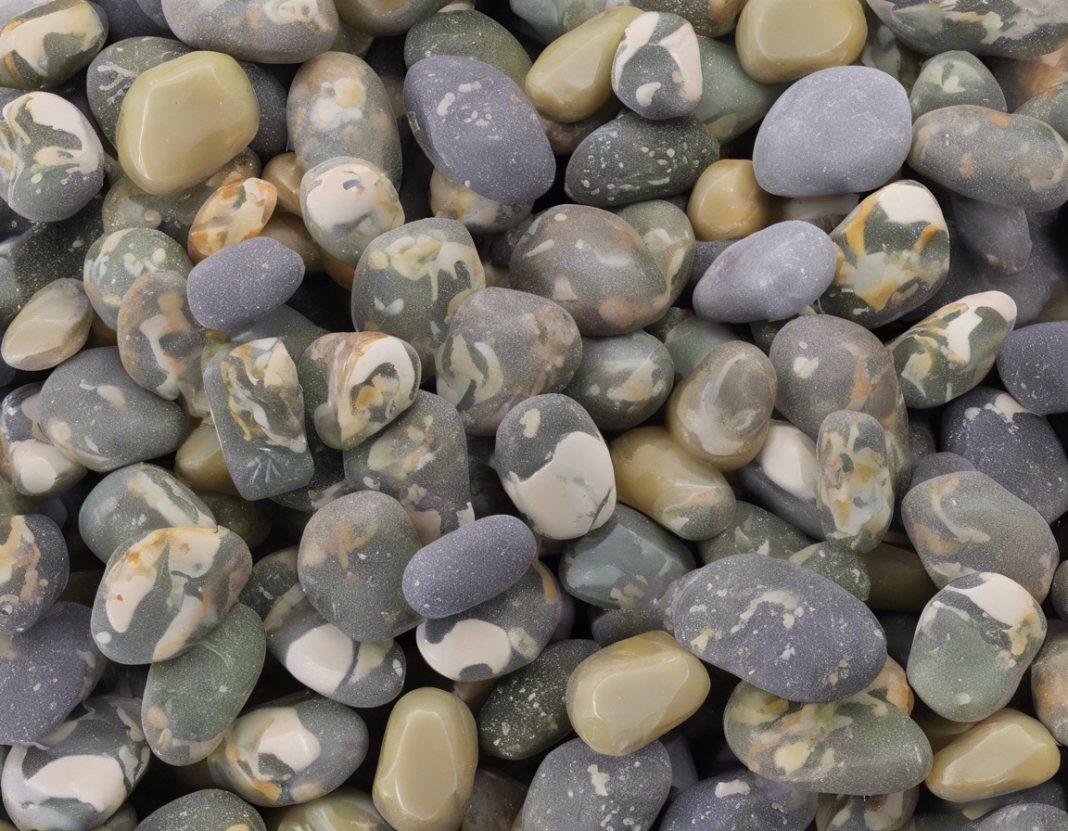Introduction
In the world of botanical mysteries and horticultural wonders lies an enigmatic strain known as Pebblewreck. Often revered for its unique characteristics and intriguing growth patterns, the Pebblewreck strain has captured the attention of plant enthusiasts and scientists alike. In this in-depth exploration, we will delve into the captivating world of Pebblewreck, uncovering its origins, distinctive features, cultivation techniques, and much more.
Origins of Pebblewreck
The origins of the Pebblewreck strain can be traced back to a remote region in Southeast Asia, where it was first discovered by local botanists exploring the lush jungles teeming with biodiversity. The name ‘Pebblewreck’ stems from its distinctive growth habit, where the plant’s stems appear to be covered in small, pebble-like bumps, giving it a rugged and unique appearance.
Distinctive Features
One of the most striking features of the Pebblewreck strain is its resilient nature. This plant has been known to thrive in a variety of environmental conditions, from humid tropical forests to arid desert landscapes. The pebble-like bumps that adorn its stems serve not only as a form of camouflage but also as a natural defense mechanism against herbivores and harsh weather conditions.
Furthermore, Pebblewreck is renowned for its adaptive capabilities, allowing it to adjust its growth patterns and foliage in response to changes in its surroundings. This adaptability has made it a favorite among horticulturists looking for a low-maintenance yet visually appealing plant for their gardens or greenhouses.
Cultivation Techniques
Cultivating Pebblewreck can be a rewarding experience for plant enthusiasts looking to add a touch of exotic flair to their botanical collection. When it comes to growing Pebblewreck, there are a few key factors to keep in mind:
-
Light: Pebblewreck thrives in bright, indirect light, making it an ideal indoor plant for spaces with ample natural sunlight.
-
Water: It is essential to avoid overwatering Pebblewreck, as the plant is susceptible to root rot. Water sparingly, allowing the topsoil to dry out between waterings.
-
Soil: A well-draining potting mix is crucial for the health of Pebblewreck. A mix of peat moss, perlite, and sand can provide the ideal growing medium for this strain.
-
Temperature: Pebblewreck prefers warm temperatures ranging from 65-80°F (18-27°C) and should be protected from drafts or sudden temperature fluctuations.
-
Fertilization: Fertilize Pebblewreck once a month during the growing season with a balanced liquid fertilizer diluted to half strength.
By following these cultivation techniques and providing the right care, you can watch your Pebblewreck thrive and flourish in its new environment.
Propagation Methods
Propagating Pebblewreck can be achieved through several methods, including stem cuttings and seed propagation. Stem cuttings should be taken from healthy, mature plants and rooted in a well-draining soil mix. Seed propagation, while more challenging, can be a rewarding way to expand your Pebblewreck collection.
Pests and Diseases
Like any plant, Pebblewreck is susceptible to a few common pests and diseases that can affect its growth. Spider mites and mealybugs are the most common pests that may infest Pebblewreck, while overwatering can lead to root rot. Regularly inspecting your plant for any signs of infestation and ensuring proper watering practices can help prevent these issues.
Conclusion
In conclusion, the Pebblewreck strain stands out as a resilient and visually captivating plant that has captured the fascination of plant enthusiasts around the world. With its unique features, adaptable nature, and relatively low maintenance requirements, Pebblewreck makes for an excellent addition to any botanical collection. By understanding its origins, distinctive features, cultivation techniques, propagation methods, and common pests and diseases, you can embark on a journey to unlock the secrets of this intriguing plant and watch it thrive in your care.
FAQs (Frequently Asked Questions)
-
Is Pebblewreck suitable for beginners in plant care?
Yes, Pebblewreck is known for its resilience and adaptability, making it a great choice for novice plant owners. -
How often should I water my Pebblewreck?
Water Pebblewreck sparingly, allowing the topsoil to dry out between waterings to prevent root rot. -
Can Pebblewreck tolerate low light conditions?
While Pebblewreck prefers bright, indirect light, it can adapt to lower light conditions, although growth may slow down. -
What is the growth rate of Pebblewreck?
Pebblewreck has a moderate growth rate, especially when provided with optimal growing conditions and regular care. -
Are there any specific humidity requirements for Pebblewreck?
Pebblewreck thrives in moderate to high humidity levels, making it ideal for tropical or greenhouse environments. -
How can I prevent pest infestations on my Pebblewreck plant?
Regularly inspecting your plant for signs of pests, maintaining good airflow, and avoiding overwatering can help prevent pest infestations. -
Can Pebblewreck be grown outdoors in temperate climates?
While Pebblewreck thrives in warm, humid conditions, it can be grown outdoors in temperate climates during the summer months. -
What kind of fertilizer should I use for my Pebblewreck plant?
A balanced liquid fertilizer diluted to half strength can be used to fertilize Pebblewreck once a month during the growing season. -
Does Pebblewreck require pruning to maintain its shape?
Pruning Pebblewreck is not necessary for its growth, but trimming back leggy growth can help maintain its compact shape. -
Can Pebblewreck be propagated from leaf cuttings?
While leaf cuttings are not the preferred method of propagation for Pebblewreck, stem cuttings or seed propagation are more effective ways to propagate this plant.

